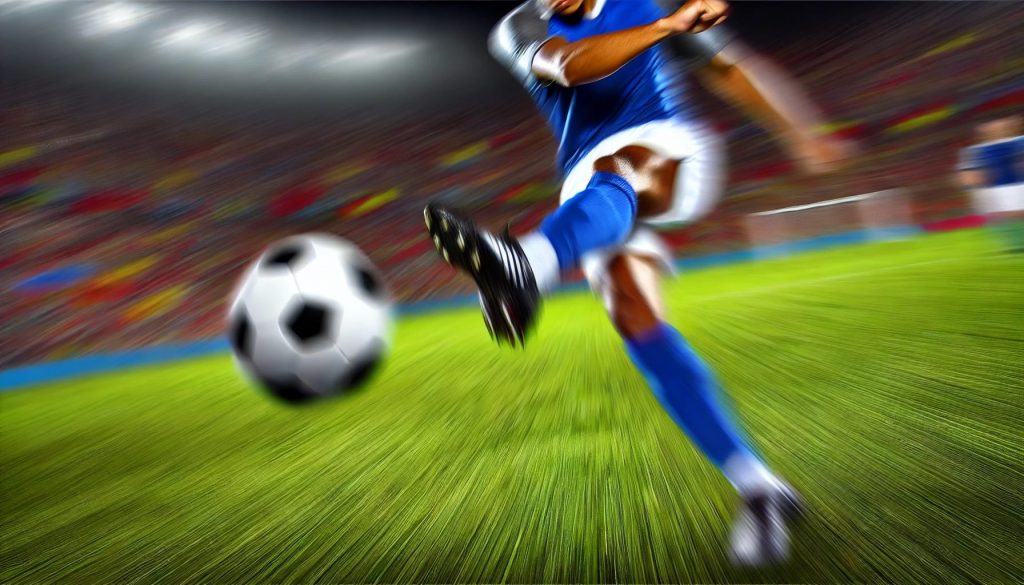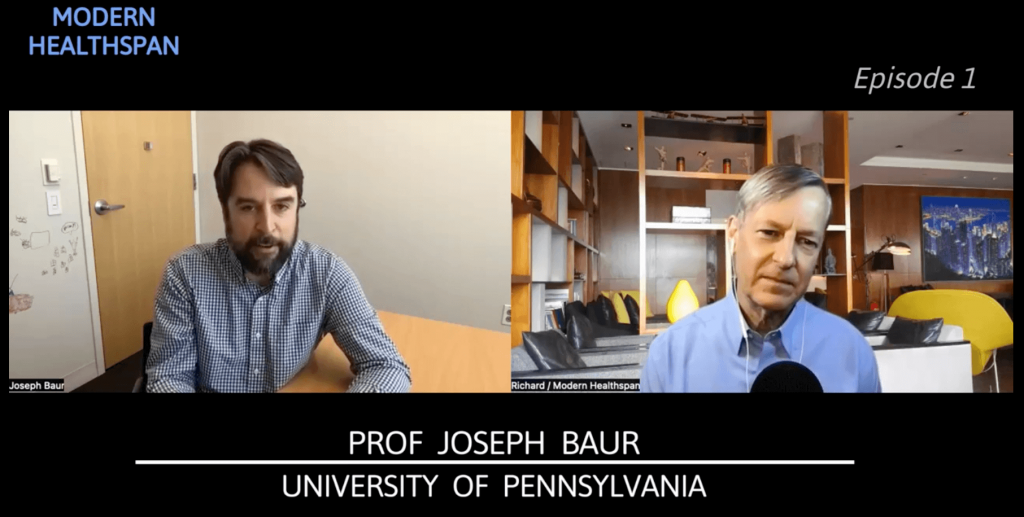Key Points:
- The most effective way to restore NAD+ levels without supplementing with an NAD+ precursor appears to be exercise.
- Rodent studies have shown that exercise and NAD+ precursor supplementation have a synergistic effect on physical performance.
NAD+ is a vital molecule involved in the production of our cells’ primary energy source: ATP (adenosine triphosphate). Without adequate levels of NAD+ and ATP, our cells die, making us susceptible to disease and death. Thus, maintaining our NAD+ levels, particularly with age, is critical for a long and healthy life.
Maintaining NAD+ Levels with Exercise
Exercise may potentially raise NAD+ levels by elevating an enzyme that synthesizes NAD+ called NAMPT. This was shown in individuals under 35 who underwent aerobic exercise training and individuals over 55 who underwent resistance exercise training. Furthermore, another study showed that resistance training increased NAMPT and NAD+ levels in middle-aged adults. Soccer-trained athletes also have higher NAMPT levels than untrained individuals, supporting the role of exercise in elevating or maintaining NAD+ levels.

Not all types of exercise seem to raise NAD+ levels, as some studies have shown mixed results. For example, one study showed that one bout of cycling increased NAMPT levels in fit individuals more than less fit individuals, an effect more pronounced in those over 55 years of age. In young women, a study showed that four weeks of sprint interval training did not increase NAMPT levels. Thus, whether exercise increases NAD+ levels may depend on fitness level, age, and exercise duration and intensity.
Synergistically Elevating NAD+
Supplementing with NR (nicotinamide riboside), an NAD+ precursor, has been shown to elevate NADH (a form of NAD+) and improve exercise performance in older individuals. Another NAD+ precursor, NMN, has been shown to improve exercise endurance in runners. Considering that NAD+ precursors and exercise elevate NAD+ levels, the remaining question is whether combining them has a synergistic effect on physical performance.
In a mouse study, combining NR and exercise training improved running and power more than either alone. Another mouse study showed that NMN combined with exercise improved new blood vessel formation in muscles more than either alone. These findings suggest that combining NAD+ precursors with exercise can synergistically improve the benefits of exercise as well as exercise performance. In humans, a clinical trial is underway that will explore the effects of combining NR with exercise training. The results of this clinical trial may support the idea that combining NAD+ precursors and exercise is more beneficial than either alone.
Expert Opinion: Does NAD+ Decline Because of a Lack of Exercise?
As mentioned above, exercise appears to raise NAD+ levels by elevating the NAMPT enzyme. While several studies have shown that NAD+ declines with age in multiple human organs and tissues, the reason for this decline is unclear. With age, many individuals engage in less and less physical activity. Therefore, it may be possible that NAD+ levels decline with age, at least in part, due to physical inactivity.

On the Modern Healthspan podcast, an expert in NAD+ metabolism and professor at the University of Pennsylvania Joseph A. Baur, PhD, said there are only two things he feels confident in saying raise NAD+ levels:
- Eating a healthy diet that doesn’t lower NAD+ levels, such as not eating high-fat or high-carbohydrate foods
- Exercise
However, he explains that the question of whether physical inactivity leads to lower NAD+ levels with age is an open question. This is because the opposite could be true: individuals may be more physically active because they have higher NAD+ levels. This is illustrated, Dr. Baur says, by a study showing that older individuals with higher activity levels also have higher NAD+ levels. He also says there is not enough data to parse whether aerobic or resistance exercise is better for raising NAD+ levels.
Who Should Try an NAD+ Precursor Supplement?
Overall, for individuals who cannot find the motivation to exercise, supplementing with an NAD+ precursor may help. If you have not exercised regularly for an extended period, you may have low NAD+ levels. Therefore, supplementing with an NAD+ precursor may provide the boost needed to start exercising regularly. If already living an active lifestyle, whether supplementing with an NAD+ precursor is necessary for maintaining NAD+ levels with age is an open question. Moreover, while exercise and NAD+ supplementation appear to work synergistically in rodents, whether this occurs in humans is also an open question.